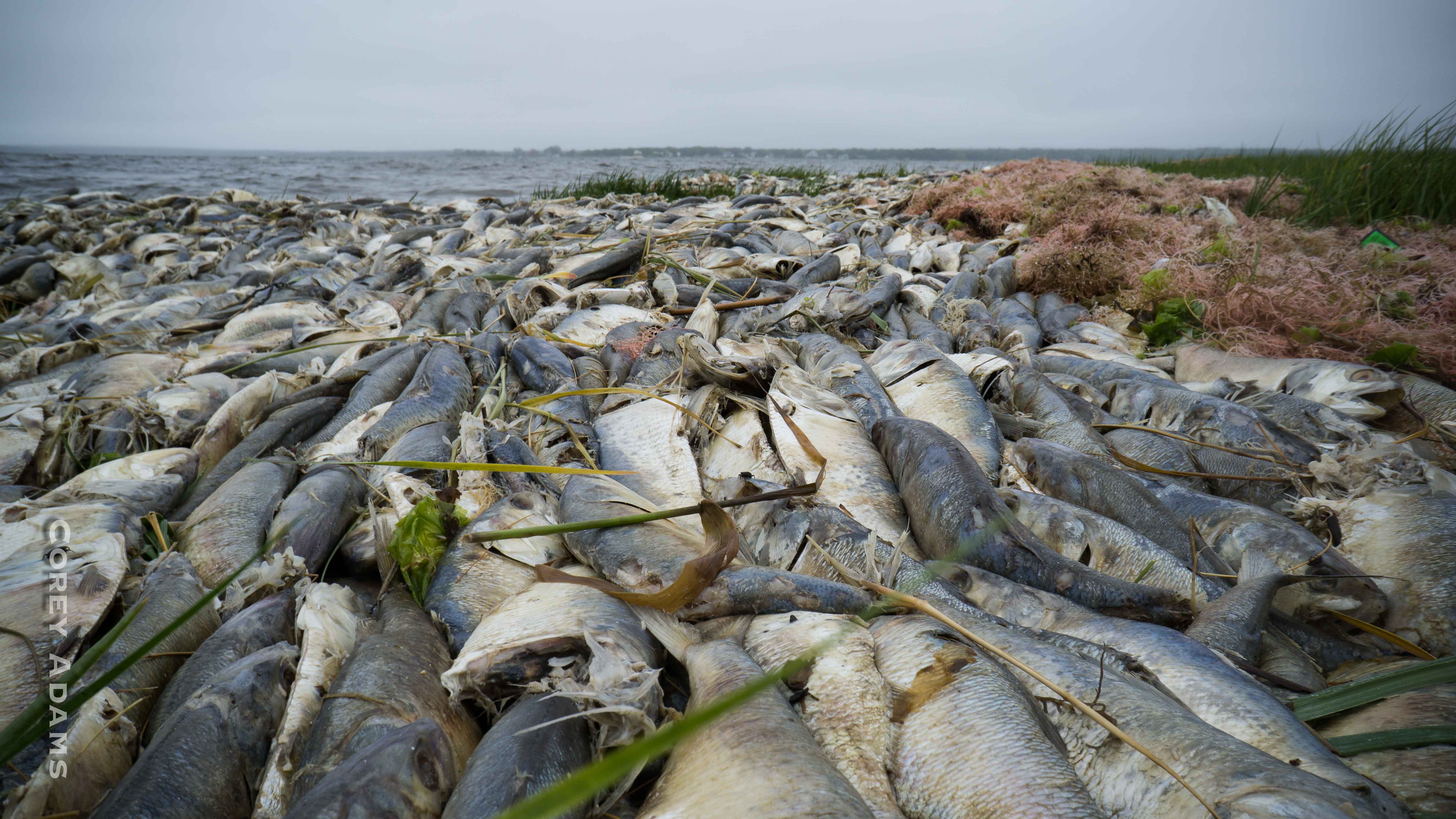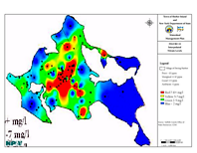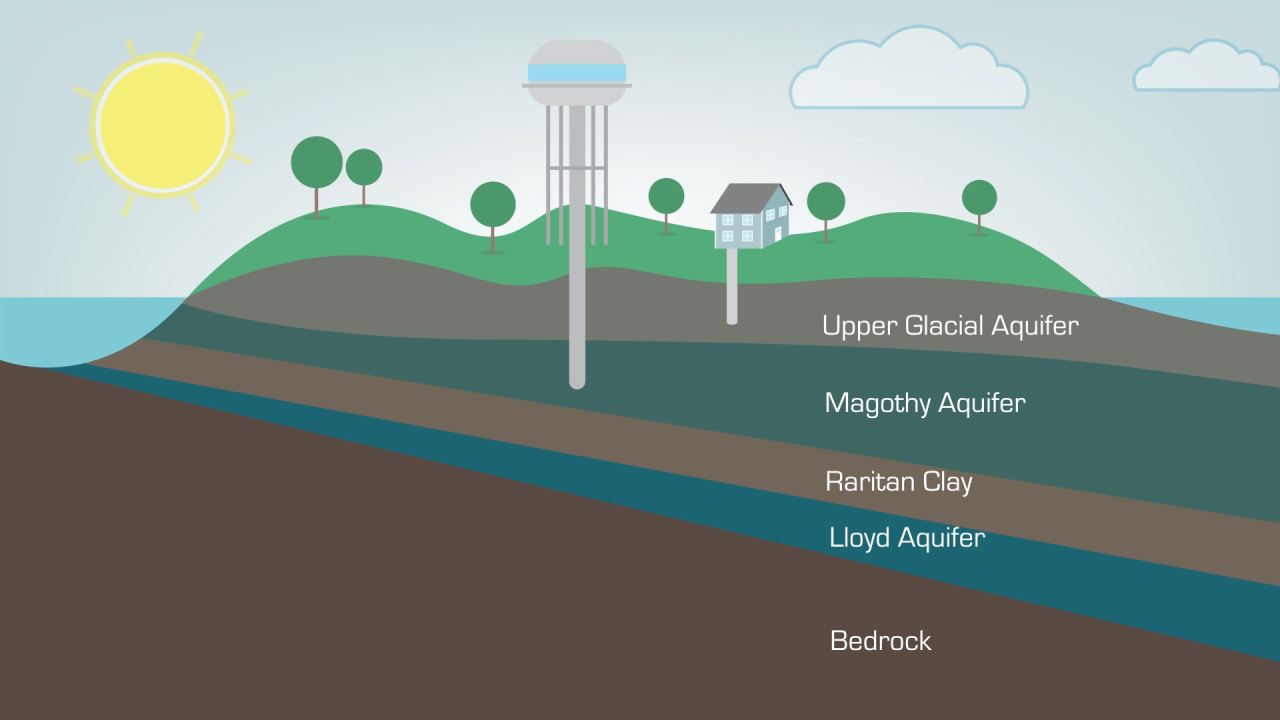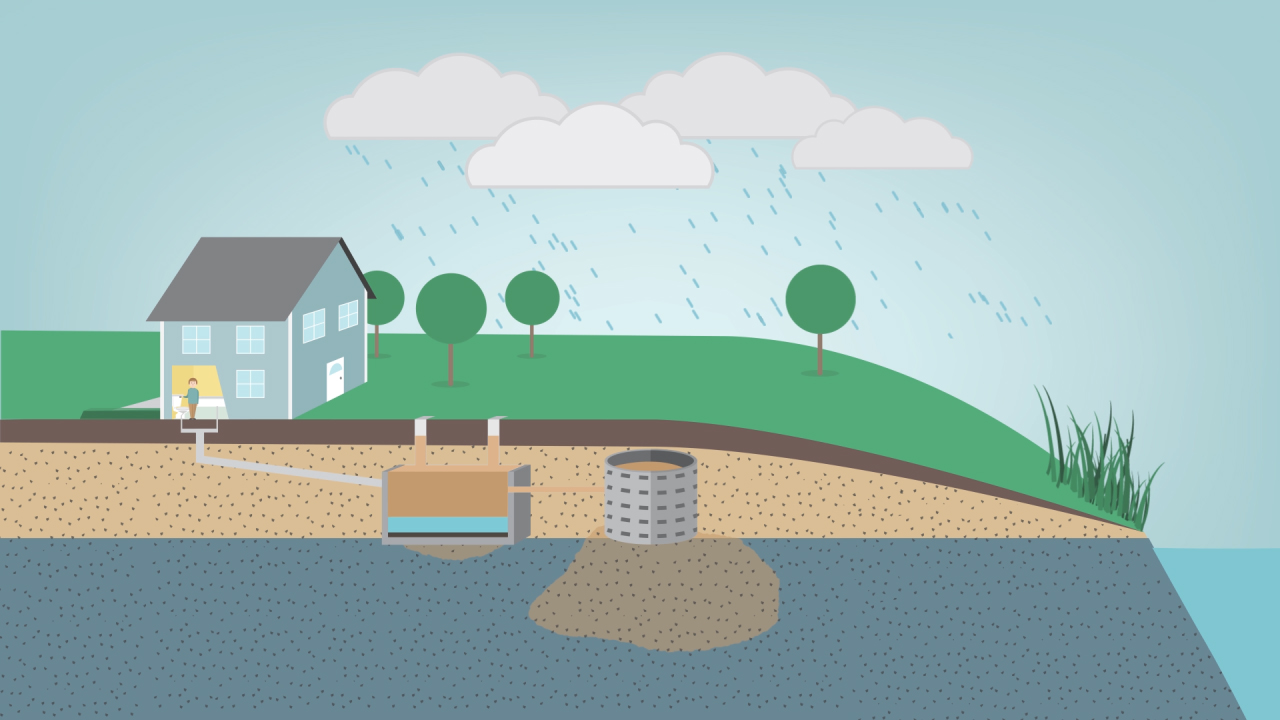All That Land is Preserved Land
A key tool for protecting water quality is land preservation. Long Island's five east end towns, along with Suffolk County, New York State, the federal government, and The Nature Conservancy have already acquired and protected over 150,000 acres of local open space and farmland. These protected lands, (including the magnificent 2,039-acre Mashomack Preserve which comprises nearly a third of Shelter Island) offer critical wildlife habitat, places to recreate, spectacular views, and natural shorelines.
We Have Our Aquifer and That's It
Residents and businesses in Nassau and Suffolk Counties rely on underground aquifers for all fresh water needs. Shelter Island residents rely exclusively on the aquifer beneath Shelter Island where the deeper aquifers are too salty for drinking or irrigation. The shallow depth of the drinking water aquifer on Shelter Island makes Shelter Island's water supply exceptionally vulnerable to contamination from land use, cesspools and septic systems, and salt water intrusion from over-pumping. A decade ago Suffolk County generated a map showing high nitrate concentrations in well water across Shelter Island.
Download
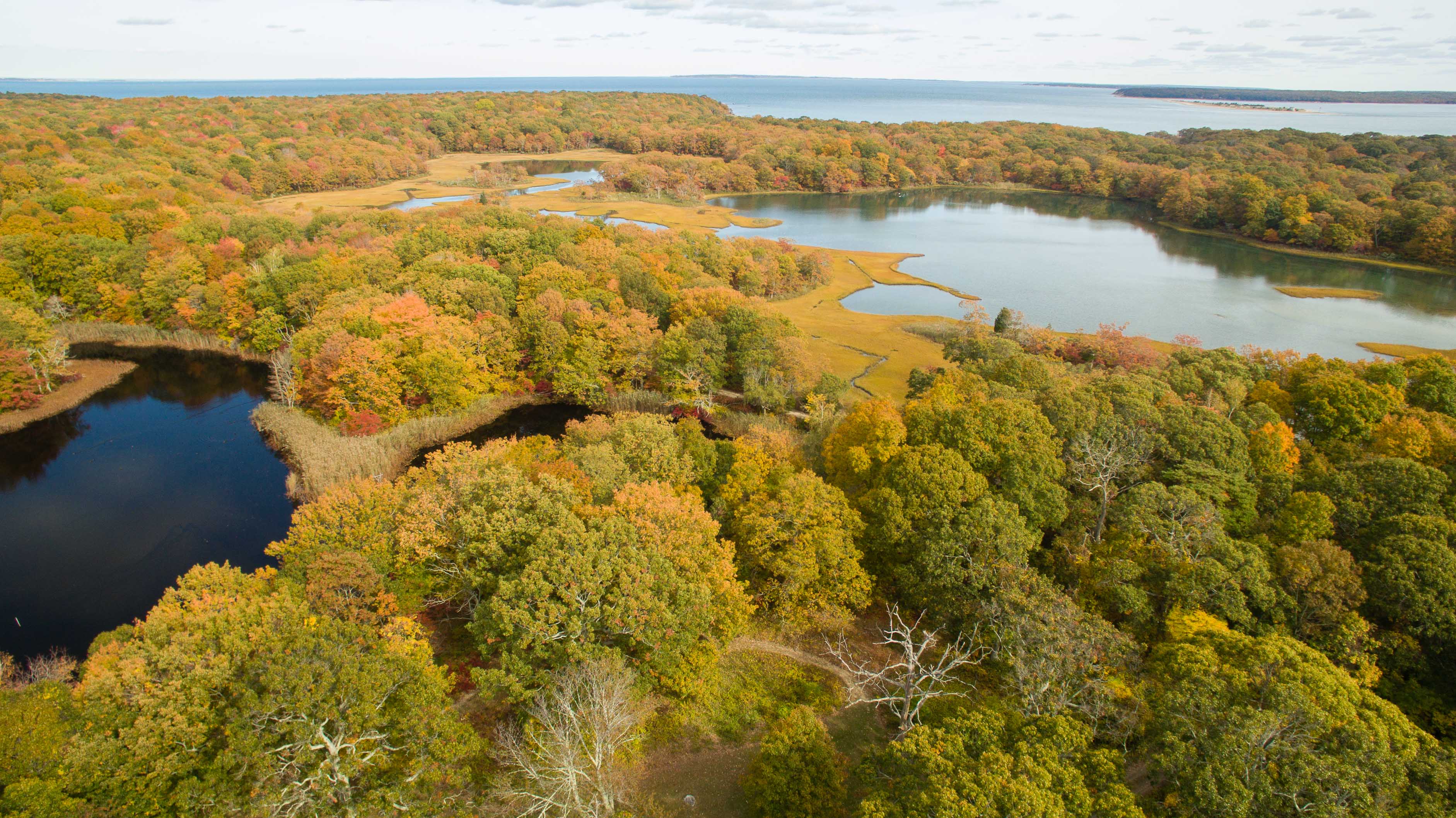
Quote
The fish die-off this spring — it's obviously from excess nitrogen, which is from people.
In Spring 2015, three separate fish die-offs occurred along the Peconic River killing an estimated 300,000 menhaden and other species. The cause was lack of dissolved oxygen in the water - a direct result of algae blooms, as confirmed by a multi-agency study released in February 2016. The algae blooms are fueled by nitrogen pollution, primarily from cesspools and septic systems, sewage, and fertilizer leaching into the waterways.
Algae blooms contribute to low oxygen in the water in two ways. First, unlike during the daylight when algae photosynthesize and make oxygen, at night algae respire and use oxygen. Second, dead and decaying algae settle to the bottom which feeds bacteria that uses up more oxygen. The result is that dissolved oxygen in nitrogen impacted bays and harbors drops at night, and under certain conditions also can be low in daylight.
The frequency and severity of such events can be alleviated by reducing the nitrogen pollution that is fueling the algae growth.
